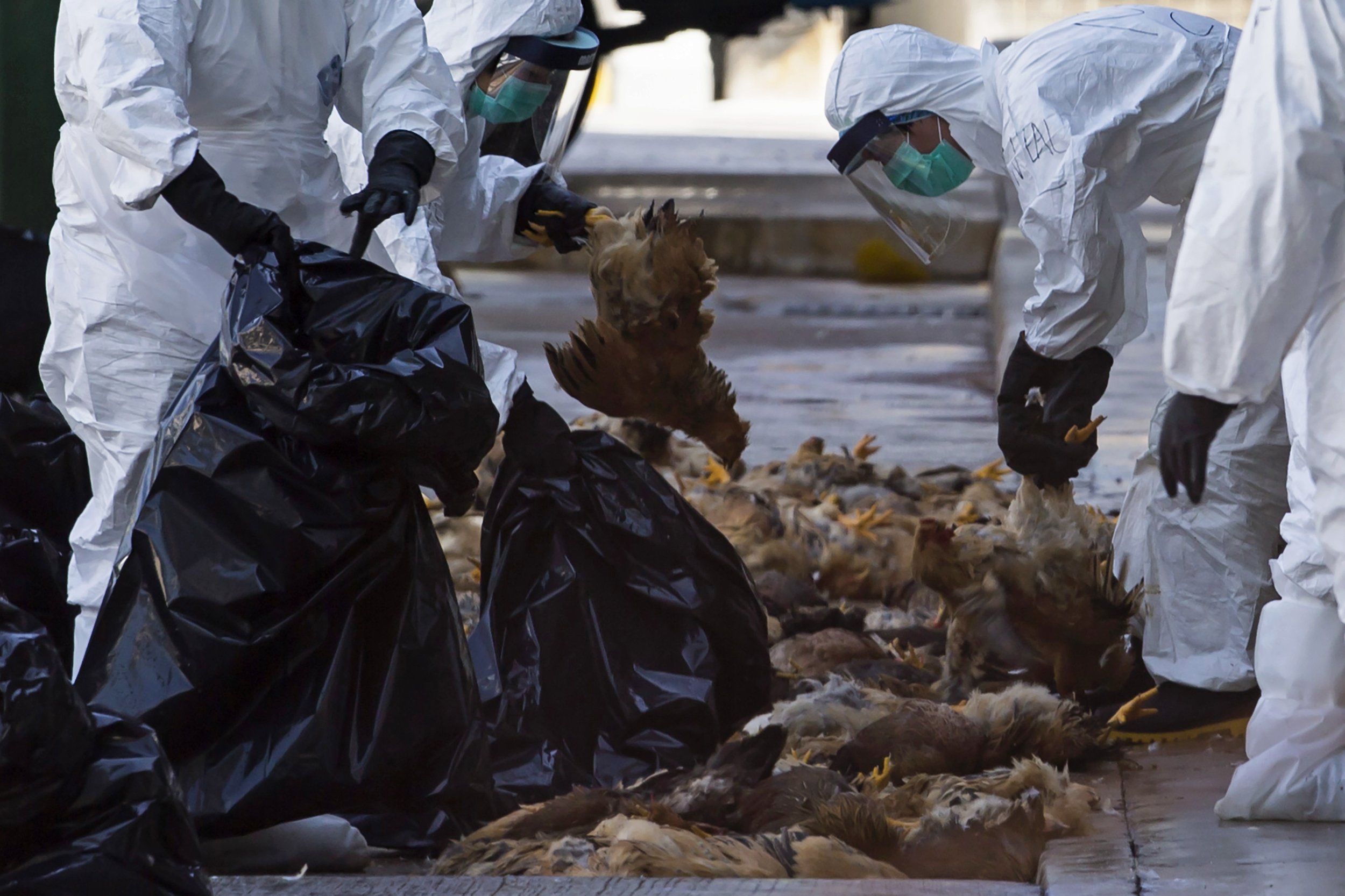Frequent reports of flu being detected in birds and other animals spark fear that avian influenza could cause the next pandemic.
Amid the ongoing battle against COVID-19, another virus looms on the horizon, reminding everyone of the potential dangers of animal-to-human transmission. Bird flu, or avian influenza, has resurfaced with alarming intensity, raising concerns about a possible global pandemic, according to the University of Cambridge.
The first significant alarm was raised in Hong Kong in 1997 when 18 people were infected with bird flu, resulting in six fatalities. This marked the first time the highly infectious H5N1 disease had jumped to humans, igniting urgent attention from influenza researchers studying animal-to-human transmission. The strain observed in Hong Kong had a mortality rate of one-third among those infected. The potentially catastrophic consequences of direct human-to-human transmission became a pressing concern.
Bird flu is classified by the World Health Organization (WHO) as a major pandemic threat, and the world is currently facing the most severe bird flu epidemic to date. Over the past year, there have been unprecedented outbreaks of bird flu on farms worldwide, leading to the death of more than 140 million poultry due to the disease or related culling since October 2021, according to the World Organization for Animal Health.
The scale and speed of this latest strain of bird flu are alarming. It exhibits unusually high fatality rates across a wide range of bird species and demonstrates enhanced transmissibility between them. While the origin of the virus remains unclear, a significant epidemic among wild birds has been identified as the primary source of infections on farms, placing immense pressure on farmers and posing a threat to our food supply.
The impact on wild bird populations has been devastating, pushing certain species to the brink of extinction. Unprecedented mass mortality events have been observed, with gannets, terns and…
Read the full article here








